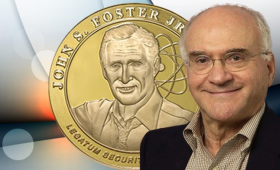Livermore researchers have captured seven 2017 R&D 100 awards from R&D magazine's top 100 industrial inventions worldwide.
Science and Technology
in the News
Science and Technology
in the News
News Center
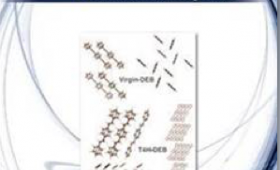
The melting temperature and equilibrium vapor pressures of 1,4-bis(phenylethynyl)benzene (DEB) do not vary monotonically with the hydrogenation extent.
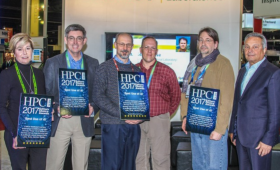
At the 2017 SuperComputing Conference in Denver, Lawrence Livermore researchers took home two HPCwire Editor’s Choice awards for their work in applying high-performance computing (HPC) to solve complex challenges.
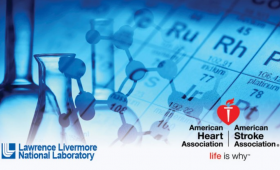
The American Heart Association (AHA) and Lawrence Livermore have formed a strategic business partnership to overcome the burden of drug discovery, cost, and access.

In this podcast, the Radio Free HPC team reviews the latest TOP500 list in front of a live audience in Denver at SC17.

Three Lawrence Livermore National Laboratory scientists have been selected as 2017 fellows of the American Physical Society.
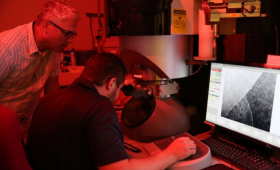
Livermore researchers and their collaborators have achieved a breakthrough in 3D printing one of the most common forms of marine grade stainless steel—a low-carbon type called 316L—that promises an unparalleled combination of high-strength and high-ductility properties.

A new consortium will combine vast data stores, supercomputing, and scientific expertise to reinvent the discovery process for cancer medicines.

Constantin Haefner, program director for Advanced Photon Technology (APT) at Lawrence Livermore National Laboratory, has been elected a fellow of The Optical Society of America.



